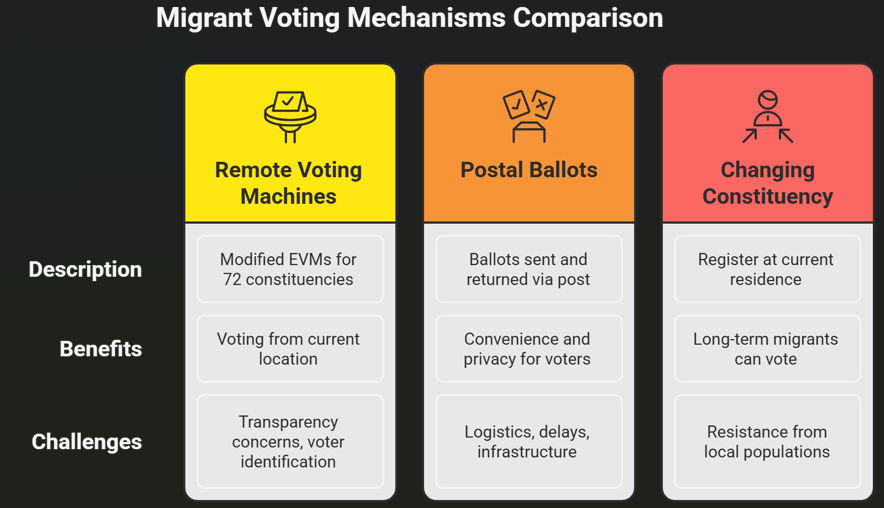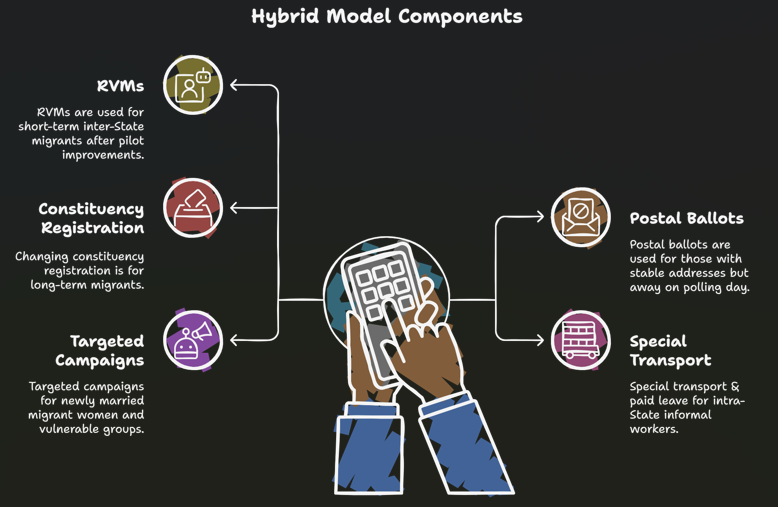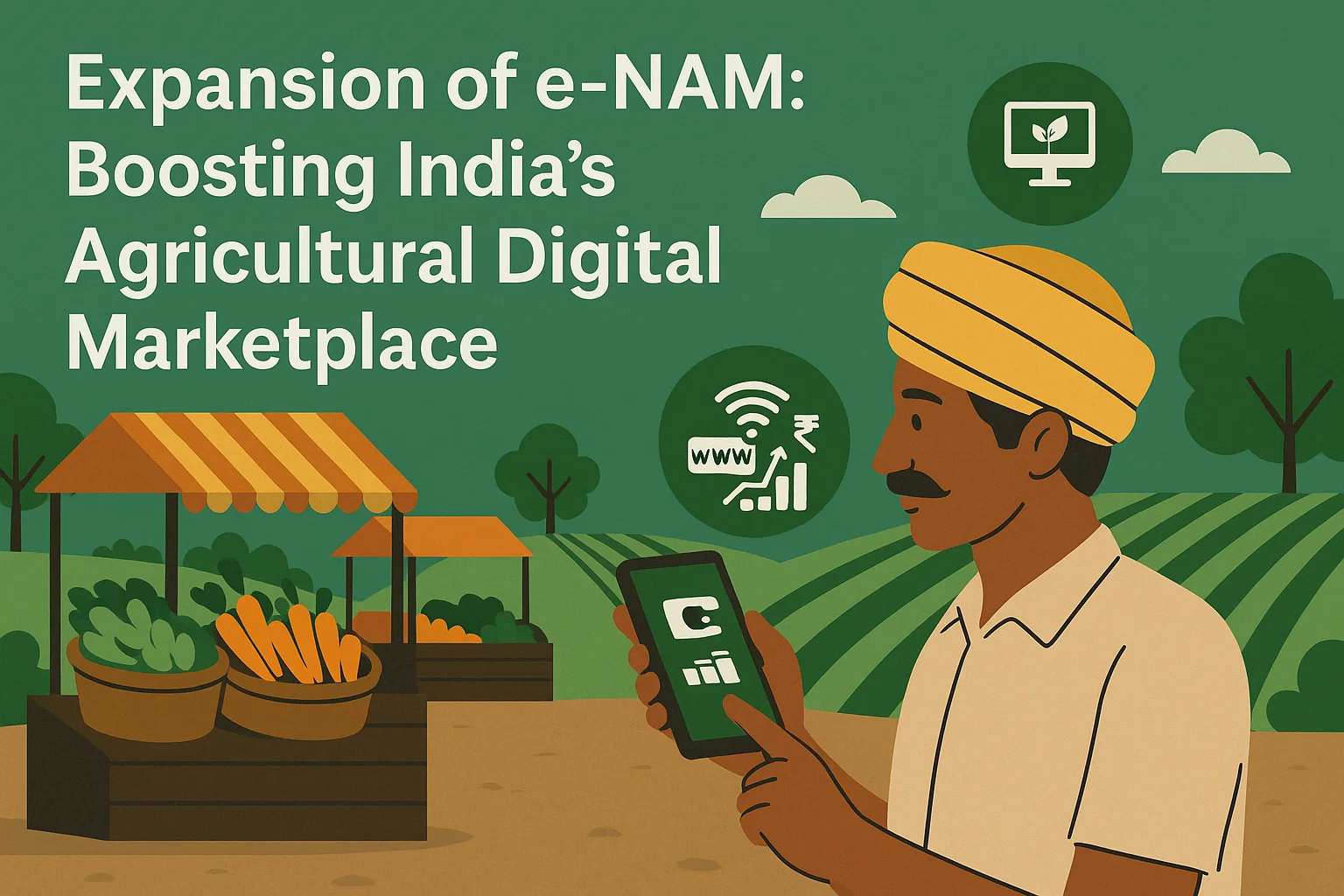Font size:
Print
Enabling voting rights for migrants
Enabling Voting Rights for Migrants: A Critical Step Towards Inclusive Democracy
Context: Bihar, a State with one of the highest out-migration rates in India, is set to go to the polls later this year. Given that over half of Bihar’s households are impacted by migration, this low turnout is likely linked to the significant number of migrant workers, underscoring the urgent need for migrant-inclusive electoral reforms.
What are the international examples of migrant voting?
Many democracies enable absentee or remote voting:
- United States: Absentee voting by mail for domestic and overseas citizens.
- Philippines: Overseas absentee voting for citizens abroad.
- Estonia: Internet voting (i-Voting) system. These models provide learnings in security, verification, and logistics.
What is the issue with migrant voting in India?
- India has a large and growing migrant population, yet a significant proportion of inter- and intra-State migrants are unable to vote, effectively disenfranchising millions of citizens.
- According to the 2021 Census estimates, the migration rate in India was 28.9%, with around 10% migrating for work.
- For instance, in the 2024 Lok Sabha elections, Bihar — a State with one of the highest out-migration rates — saw a voter turnout of just 56%, well below the national average of 66%, indicating the disenfranchisement due to migration.
Why are migrants unable to vote in large numbers?
- Physical absence: Migrants are often away from their registered constituencies on polling day.
- Lack of transport: Many cannot afford or manage travel back home to vote.
- Informal employment: Migrants often work in the unorganised sector and cannot afford to lose a day’s wage.
- Lack of address proof: Many do not have proper documentation to register as voters in the new location.
Who are the affected migrants and how are they categorised?
- Migrants can broadly be divided into:
- Intra-State migrants (about 85%): They move within the same state, often from rural to urban areas.
- Inter-State migrants: They move from one state to another, often from poorer states like Bihar, UP, Odisha to richer states like Maharashtra, Gujarat, and Delhi.
- Further, migrants can be short-term, long-term, or permanent, and this affects their ability to register and vote in new constituencies.

How can intra-State migrant voting be facilitated effectively?
Intra-State migrants, especially those in informal sectors, can be enabled through:
- Enforcement of paid statutory holiday on polling day.
- Special transport facilities, such as state buses, on polling eve and day.
- Awareness campaigns encouraging travel back home to vote.
These are relatively easier to implement due to shorter distances involved.
Where can permanent voter registration be improved for migrants?
When did the Election Commission start taking steps on migrant voting?
- The issue gained policy traction post-2019.
- In 2023, the ECI demonstrated RVMs as a pilot project.
- In 2024, a concrete proposal was floated, but full-scale implementation has not yet occurred
- Destination states — by allowing and encouraging voter registration based on proof of residence.
- Workplaces — where informal and semi-formal sectors could serve as registration hubs.Urban local bodies and municipal councils — to enrol newly-settled migrants, especially women post-marriage.
Why is this issue important for Indian democracy?

- The right to vote is a constitutional right under Article 326.
- A large migrant population being disenfranchised undermines the representative nature of democracy.
- States with large out-migration (e.g., Bihar, Odisha, UP) suffer underrepresentation, while host states (Delhi, Maharashtra) do not reflect migrant political presence.
- Migrant-sensitive policy demands (e.g., housing, health, minimum wages) remain neglected due to poor political voice.


